Have you ever received a call from a number you don’t recognize? Cell phone numbers are often not listed in public directories, making it challenging to identify their owners. Additionally, spam callers can spoof their phone numbers, making it difficult to trace the source! If you feel threatened or unsafe due to persistent phone harassment, please contact your local authorities. However, if you’re simply dealing with annoying spam calls or are curious about who has been trying to reach you, this article will guide you through different methods to identify the owner of a phone number.
Method 1: Finding an Unknown or Blocked Number
Check your call log or caller ID
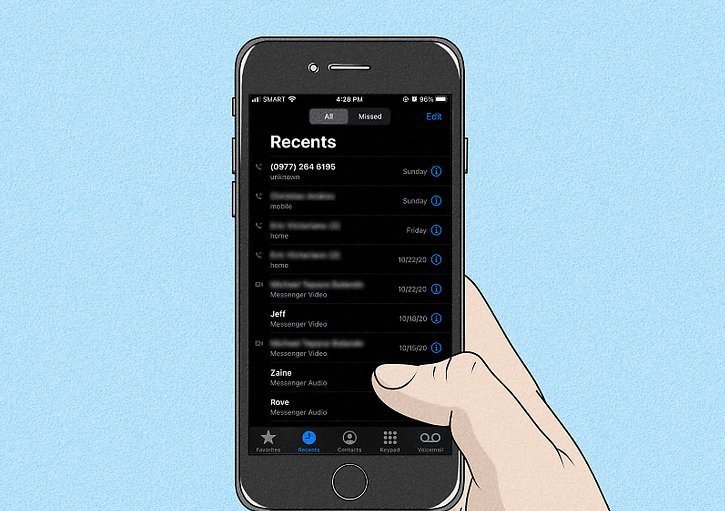
Most mobile phones automatically identify incoming calls. If you’re using a landline, you can contact your phone provider to enable caller ID.
- If you’re unsure how to check the call log on your mobile phone, consult your phone manual or contact the manufacturer for assistance.
- Keep in mind that there are ways to bypass caller ID or trick it into displaying the wrong number. If caller ID doesn’t work, consider the next options.
- If you’re being harassed or threatened and fear for your safety, contact your local authorities for assistance. Many places have specific procedures for tracing dangerous callers.
Ask for “call return” service

If you want to return a call to an unknown number, ask your provider for the call return code or search online for “call return code for [your country]”. You may need to purchase “call return” or “last call return” service, as it might require an initial fee.
- The call return code varies by country and provider, and may not be available in all regions. In the United States, this service is often called *69.
- After the call you want to trace ends, enter the call return code. You should hear a voice message with the caller’s number and an option to return the call.
- In some regions (e.g., California), call return only connects you to the last incoming call without revealing the number.
Enable “call trap” or “call trace” functions

If you experience repeated harassment calls from an unknown number, contact your provider to see if these services are available:
- Call trap: Request a call trap, then document the dates and times you receive harassing calls over the next few weeks (or as long as your provider requests). Report this information to the phone company, which will identify the harassing number and report it to law enforcement.
- Call trace: Once enabled, pressing the call trace code immediately after the harassing call sends the number to law enforcement. (In the United States, this code is *57; your provider can give you the code if you’re in a different country.)
- Call traps are typically free, while call traces might incur an additional charge. If call trap is unavailable or if the harassment is severe, you may be able to convince your provider to offer free call trace service.
Method 2: Searching for a Phone Number
Type the number into a search engine

If reverse-lookup sites aren’t helping, try using Google, Bing, or any other search engine. These platforms can provide a wide range of data that might reveal valuable hints. For instance, if the number is tied to a business or website, the related information will appear.
- Experiment with different formats, such as XXX-XXX-XXXX or (XXX) XXXXXXX. Additionally, try enclosing the entire phone number in quotation marks without any symbols (e.g., “XXXXXXXXXX”).
Try a reverse-lookup database
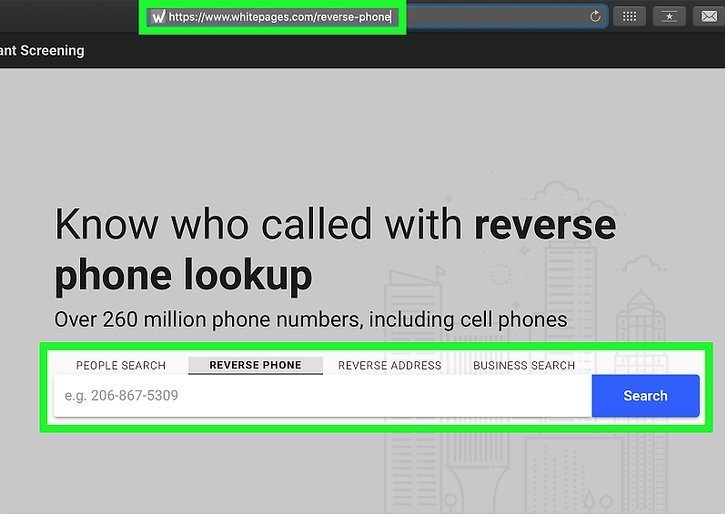
Numerous free websites offer basic information about phone numbers. If the number is a landline (not a mobile phone) and not private, you may discover the caller’s name, business name, and/or address on these sites. For private landlines or mobile numbers, these databases can usually identify the phone’s location and service provider. If a site prompts you to pay for more detailed results, skip it—there are plenty of free options available.
- Examples include:
- While some reverse-lookup sites offer paid services, they often don’t provide information you couldn’t find for free. Some sites might even scam users by either not delivering useful information or by stealing credit card details. If you opt for a paid service, research the company thoroughly and use trusted third-party payment systems like PayPal.
Search for the number on social networking sites
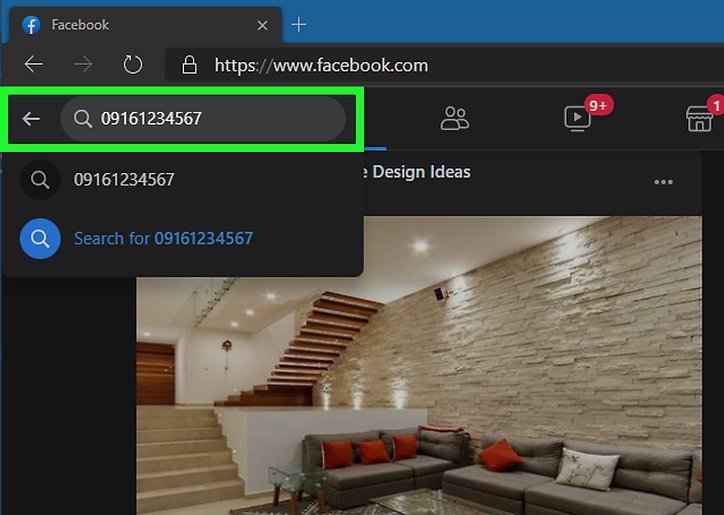
Depending on the platform, you may be able to search for a phone number to locate the owner’s profile. For example, if the number is linked to a Facebook account, you can search for it using Facebook’s regular search bar.
- If you suspect the caller is someone you interact with online, search the site where you exchange information, like forums.
Call the number

When you call, explain that you’ve been receiving calls from the number and politely ask for their identity. If they provide it, great! If not, try the following methods:
- Use an alternate number, like a friend’s phone, a Google Voice number, or a payphone. If your calls aren’t answered, the other party might be ignoring your calls. Using a different phone can help determine this.
- If the person who answers claims they haven’t called you, it’s possible a scammer used software to disguise their number as someone else’s. This is known as “spoofing,” and the numbers often appear to come from your own area code.



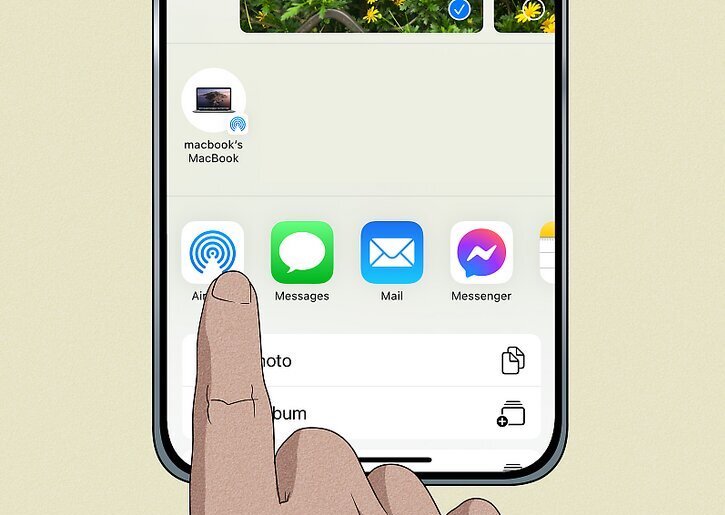

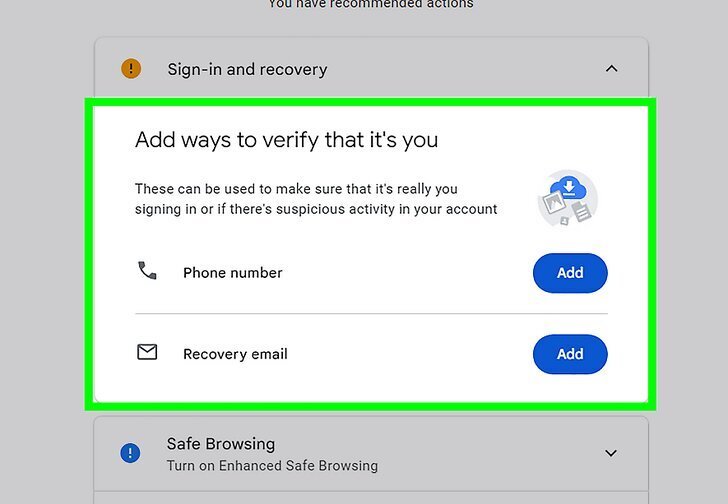




![How to See Who Views Your Facebook Profile [6 Easy Ways]](https://devicetransfer.com/wp-content/uploads/2025/02/How-to-See-Who-Views-Your-Facebook-Profile-6-Easy-Ways.jpg)
Add comment